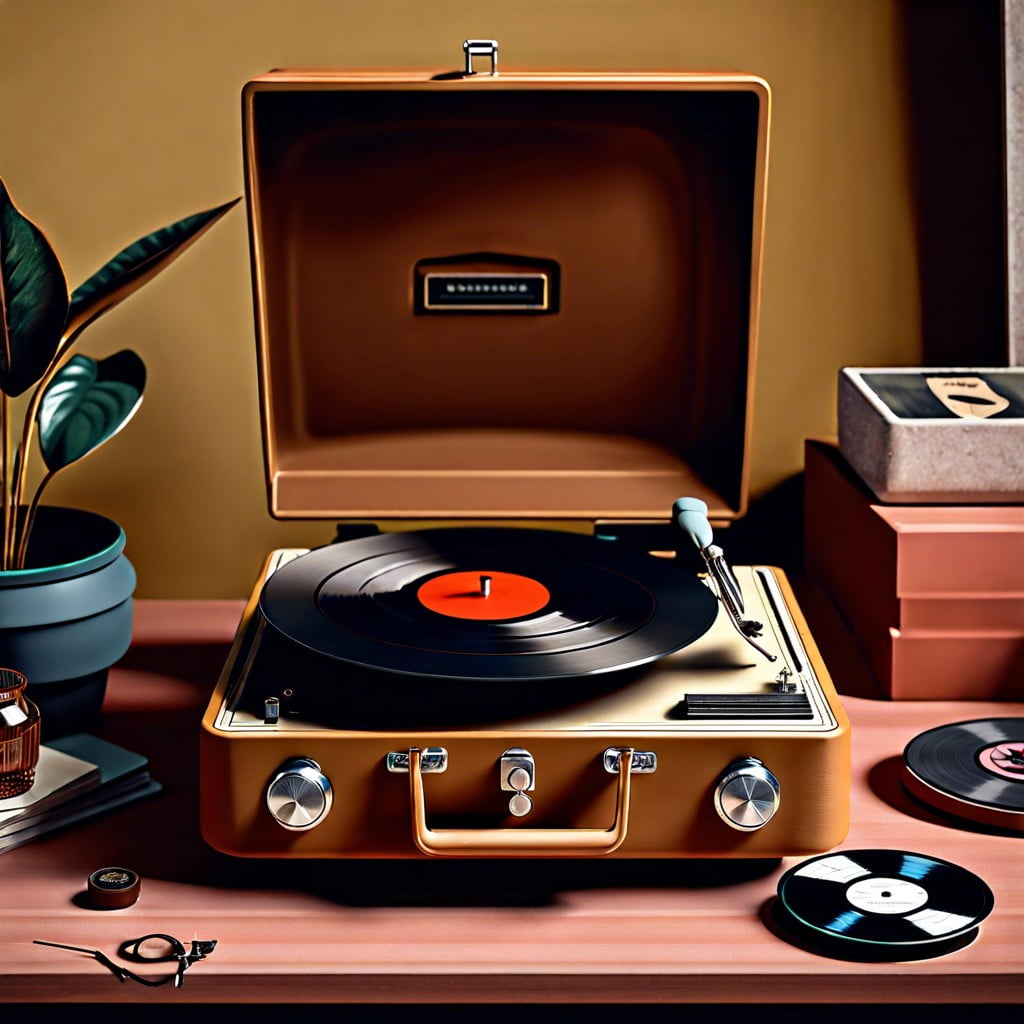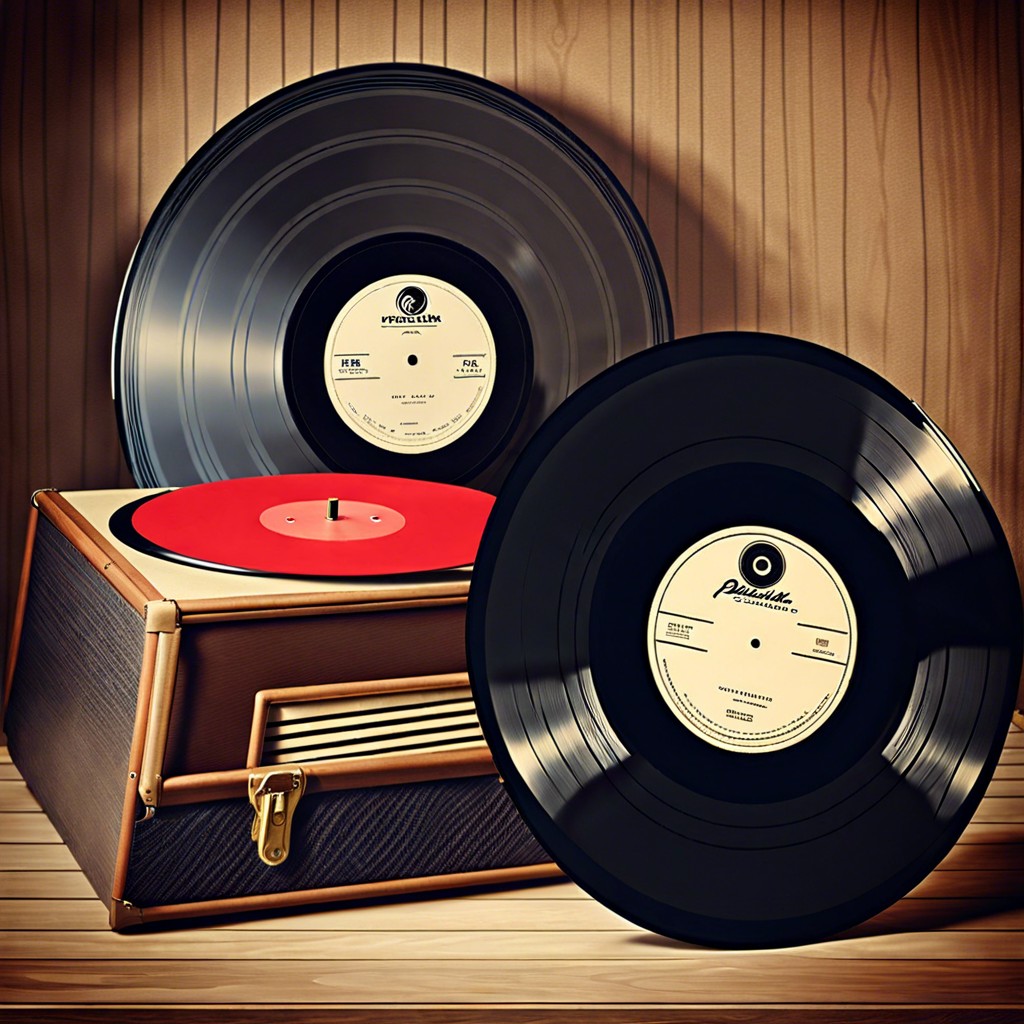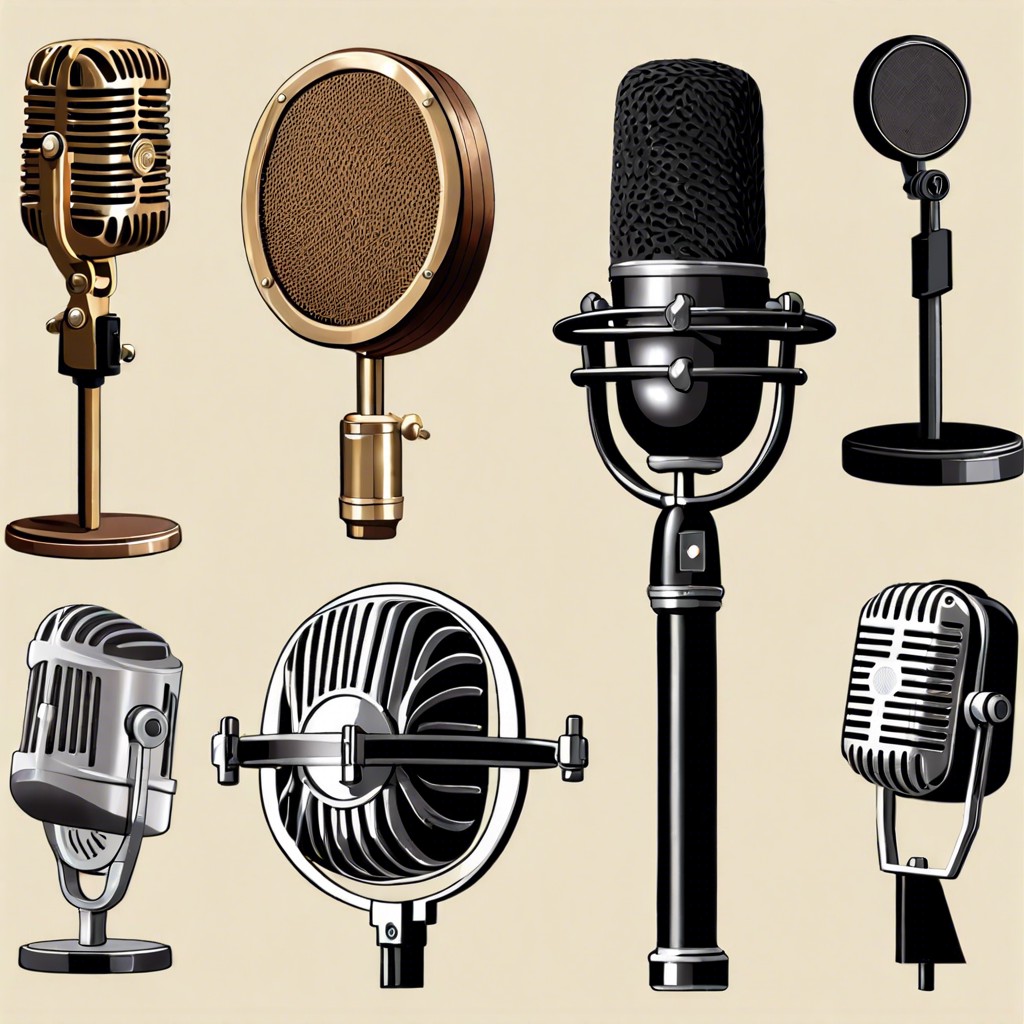Last updated on
Discover the key elements to consider when selecting a vintage record player to ensure an authentic and enjoyable listening experience.
Key takeaways:
- Vintage record players come in various types (phonographs, gramophones, turntables, hi-fi systems, console players, transistor-based players).
- Record player technology has evolved from cylinders to disc records, with advancements in sound quality and functionality.
- Components of a vintage record player include the turntable, platter, tonearm, stylus, cartridge, preamplifier, speakers, and wooden cabinet.
- The value of vintage record players depends on rarity, condition, brand, historical significance, maintenance, and availability of spare parts.
- Vintage record players can be purchased from specialty stores, flea markets, estate sales, online marketplaces, enthusiast forums, social media groups, and audiophile shops.
Types of Vintage Record Players

Vintage record players come in various forms, reflecting their era’s technology and style. The earliest models, known as phonographs, were introduced by Thomas Edison in the late 19th century, using cylindrical records. Gramophones, which played flat discs and were popularized by Emile Berliner, soon followed.
In the 20th century, turntables became the standard. Manual turntables require the user to place the needle on the record, while automatic systems can start playing with the push of a button. Portable suitcase-style record players also gained popularity for their convenience.
Hi-fi systems emerged in the mid-20th century, combining a turntable with a radio and speakers in one unit. These systems prioritized sound quality and became a common fixture in homes.
Console record players, often crafted with fine woods and built-in speakers, doubled as furniture and a home entertainment system. They ranged from modest models to high-end units with lavish designs.
Transistor-based players arrived later, offering more compact and durable mechanisms. These portable players revolutionized the way people listened to music on the go.
Each type of vintage record player not only plays records but also embodies the technological and cultural zeitgeist of its time.
Evolution of Record Player Technology

The roots of record player technology can be traced back to Thomas Edison’s phonograph in 1877, which originally used cylinders to record and reproduce sound. The innovation shifted to Emile Berliner’s gramophone, leading to the disc records we are familiar with today.
Mechanical gramophones, powered by winding up a spring, were soon replaced by electric motor-driven turntables in the 1930s. The introduction of electric amplification significantly improved sound quality.
The 1950s saw the development of high-fidelity (hi-fi) systems as a pursuit of more accurate sound reproduction, leading to the popularity of stereophonic sound in the 1960s. Portable record players also became a trend during this era.
In the 1970s, direct-drive turntables reduced the problem of motor vibration, enhancing sound clarity. The 1980s brought automatic functionality to turntables, incorporating features like self-returning arms and push-button operation.
Technological advancements continued, but the rise of digital media in the late 20th century led to a decline in record players’ prevalence. However, the 21st century has seen a resurgence in vinyl and turntable use, spurred by nostalgia and the appeal of analog sound quality.
Components of a Vintage Record Player
Understanding the components of a vintage record player enhances the appreciation of its craftsmanship and functionality. A turntable spins the record at a constant speed, with common settings for 33, 45, or 78 RPM (revolutions per minute). Attached to the turntable is the platter, which directly supports the record.
The tonearm, a pivoted arm with a stylus or needle at the end, translates the grooves on a vinyl record into electrical signals. This stylus, often made from diamond or sapphire, is delicate and a key factor in sound quality.
Signals from the stylus travel to the cartridge, which turns the stylus vibrations into an electrical signal. It’s vital for producing accurate audio and is generally magnetic or ceramic in vintage players.
Vintage units may employ a built-in preamplifier to boost the signal to a level that allows an amplifier or receiver to process it. This component is essential for ensuring the sound output is ardent and clear.
Speakers convert the amplified signal into sound waves. In portable models, they are internal, while separate speakers are characteristic of console-style players.
Lastly, many vintage record players feature a wooden cabinet not only for aesthetics but also to minimize vibrations and enhance sound quality. Advanced collectors know that the state and construction of the cabinet can be a significant determinant in the overall value of a vintage record player.
Value and Collectibility of Vintage Record Players
The market for vintage record players operates on the principles of scarcity, condition, brand, and historical significance. Rare models or those produced in limited quantities often command higher prices. Condition is paramount; units with minimal wear and all original parts are generally more valuable than those that have been refurbished with non-original components.
Brand heritage plays a role in value. Prestigious names such as Thorens, Garrard, and Technics are sought after for their provenance and historic impact on audio technology. Record players with a notable place in history, perhaps used by famous personalities or during significant events, also possess enhanced collectibility.
Maintenance history and the availability of spare parts affect long-term value. A well-maintained vintage record player with accessible replacements for potential wear parts is a more secure investment.
Market trends ebb and flow based on popularity and the resurgence of vinyl records has buoyed prices. Collectors should research recent sales of similar models to grasp current valuations.
Finally, the appeal extends beyond financial value; the tactile experience and sound of a vintage record player provide an intangible charm that enriches the collector’s appreciation of music and history.
Where to Purchase Vintage Record Players
Specialty antique stores often hold a selection of vintage record players, offering the benefit of seeing the item in person before purchasing. Flea markets and estate sales can also be treasure troves for these nostalgic pieces, often at competitive prices. Online marketplaces such as eBay, Etsy, and Craigslist host a wide range of options, from fixer-uppers to fully restored units, though caution is advised regarding condition and shipping. Enthusiast forums and social media groups provide a platform for direct sales and trades among collectors. It’s advisable to research the seller’s reputation and request detailed photos and descriptions to ensure a wise investment. Lastly, audiophile shops sometimes carry refurbished vintage players, providing a balance between the old charm and modern functionality, often with a warranty.
Related:




